Sometimes when a CFO takes charge of the
finance department he/she is facing the boring task of being a simple tool for
the company placed aside of the business and even to be considered the
necessary bureaucracy to be run in parallel to the core business.
Although the above-mentioned scenario is
changing very rapidly nowadays it is on the hands of the finance community to
do a radical change and show that our department is really a profit center
supporting the business potential.
In this post I intent to share some ideas which
I consider are critical to cope with the so-called finance transformation.
Let me start with a simple statement: which is more important “earn money” or “have
money “? Have money, no doubt.
We, as finance experts, know that earn money
does not necessarily means we have money in the company. And when we decide to
have it, we aim not to have money in excess (idle money) but having the minimum
to run operations and get some additional debt capacity.
Within this process one of the most important
goals would be to improve the image perceived from third parties about our
performance to gain credibility. This would include our relationships with
customers, suppliers, communication with internal customers, financial
institutions etc.
A second goal is clearly to manage and reduce
the finance charges and expenses. Here it is important to increase our
negotiation power in front of our sources of funds, typically banks and other
financial institutions. Create a balanced scorecard showing clearly our targets
and measuring the deviations and achievements would be really helpful.
In terms of reducing administrative costs it is
important to standardize and automate where possible finding areas of continuous
improvements and being focused on what actually matters to support business and
add value to the organization.
The finance team has to be motivated and proud
to belong to this function. We need to foster mentoring and coaching and allow
the reconciliation between our personal and professional life.
One aspect which normally is not taken into
account is to determine our internal customer and how we need to manage our
relationships. This is an important element for creating value. For example, we
could help the sales function by offering alternatives to gain share of
business in external customers. In other cases we can provide a quick valuation
of the feasibility of a particular capital investment project. Receive a
periodical feedback of our performance from our internal customers will allow us
to find areas of improvement. Innovation is also a magical tool.
Too often, finance transformation initiatives
either focus on creating efficiencies, for example, to reduce costs and remove
non-core activities, or becoming more effective, for example, delivering more
insightful analytics or providing better business intelligence. In my opinion,
the effective and efficient are not mutually exclusive strategies.
Finally I would like to stress that
transformation objectives have to be designed to achieve both efficient and
effective results. While some initiatives will be focused on effectiveness
and others towards efficiency both
should be balanced in order for the global finance function to be properly
transformed and with the aim of the value creation. Many of the current
successful transformation strategies focus on increasing the overall
effectiveness of the finance function reducing simultaneously costs and
complexity. But these efficiency driven objectives are often posed by reducing
the headcount, which is an error in my honest view. To the contrary this should
be balanced against the potential value creation opportunities that could be
generated by those people, for example, managing better the processes and
volume of data in the reporting periods and changing the focus from data
gathering to the analysis of information.






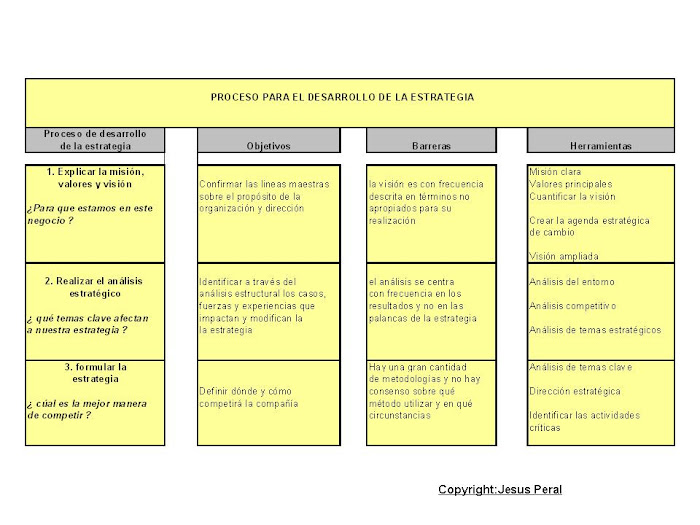

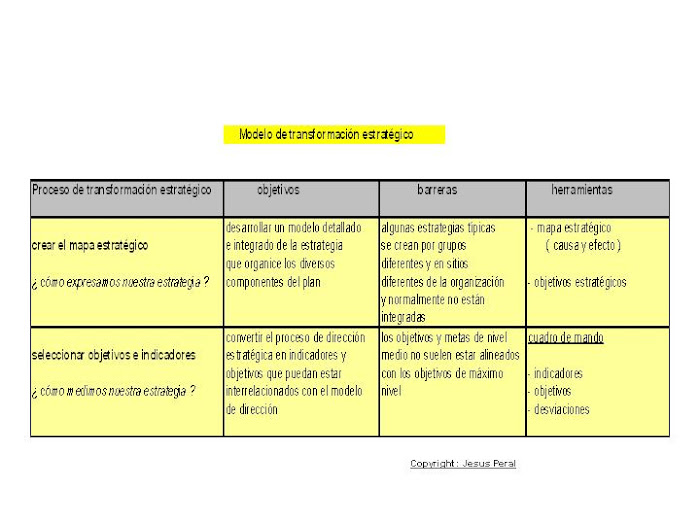
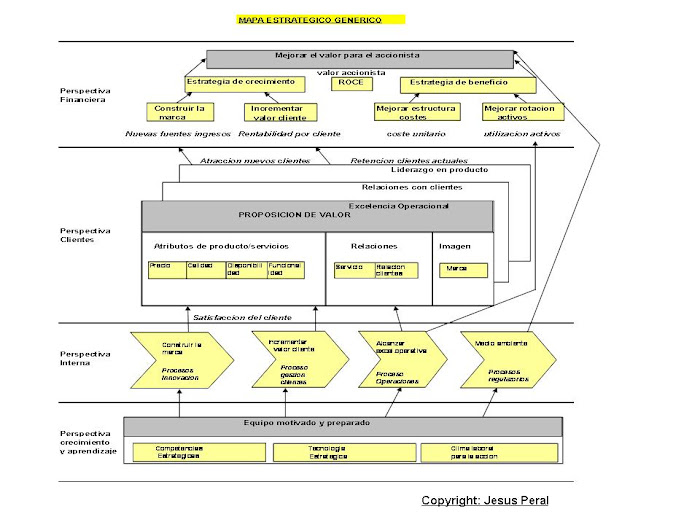

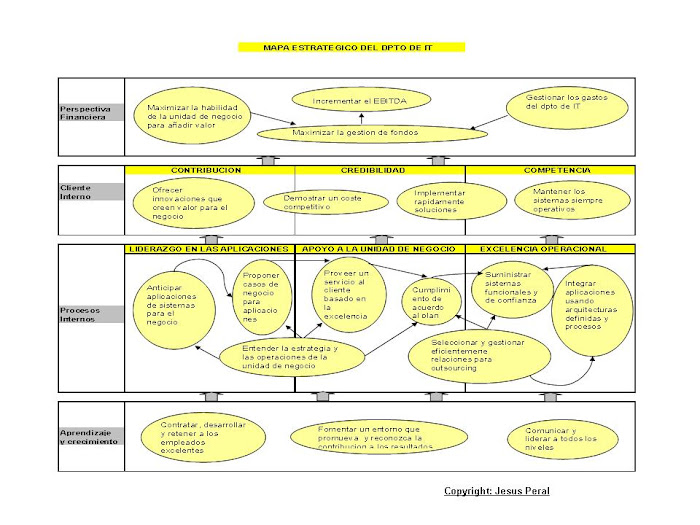

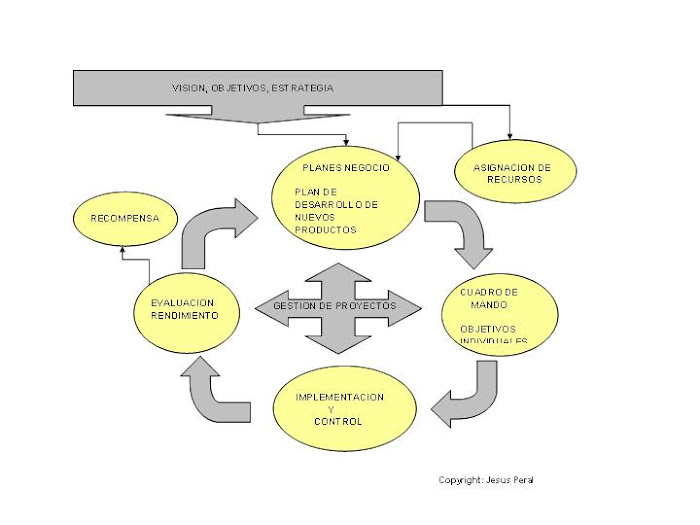

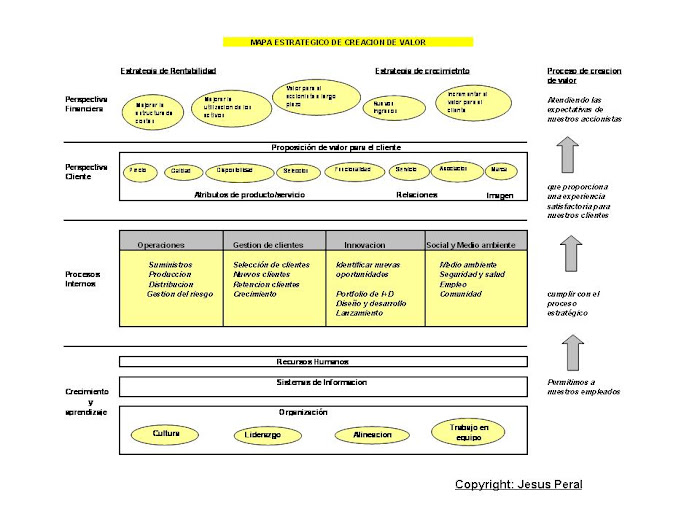




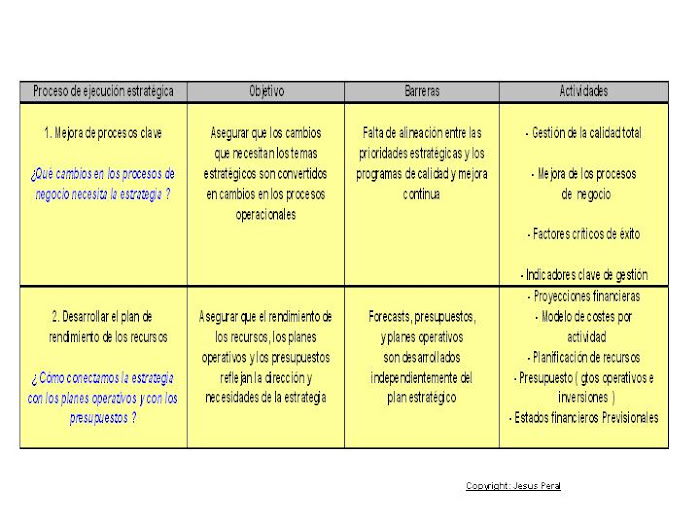



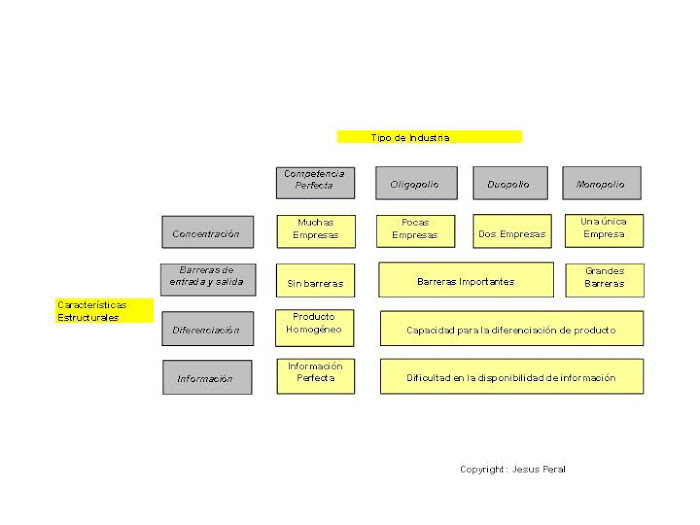

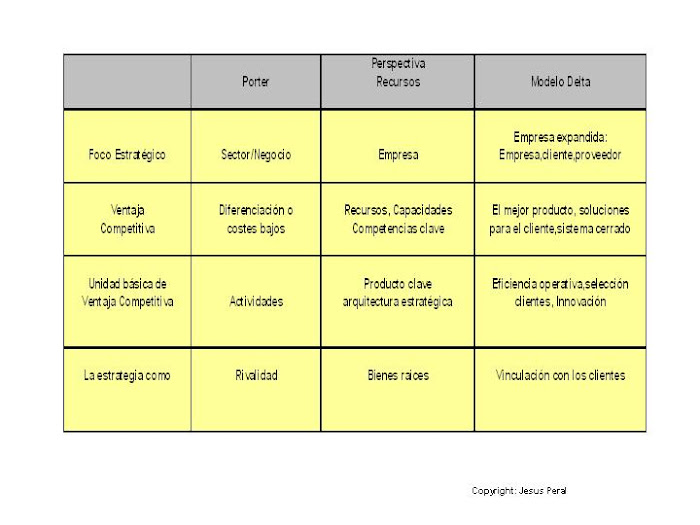
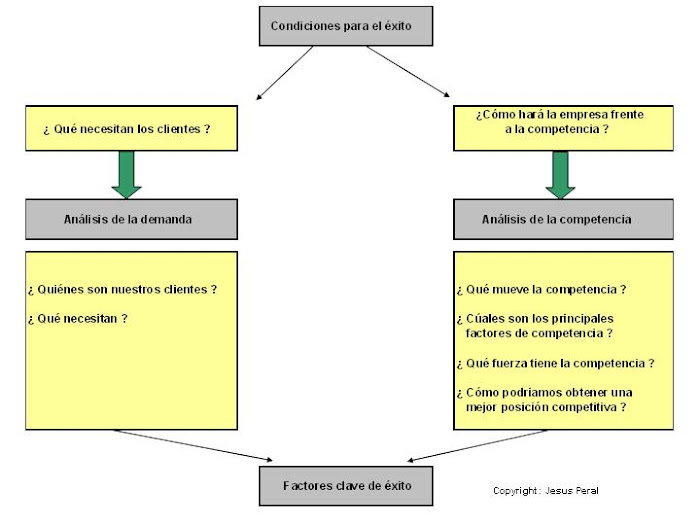
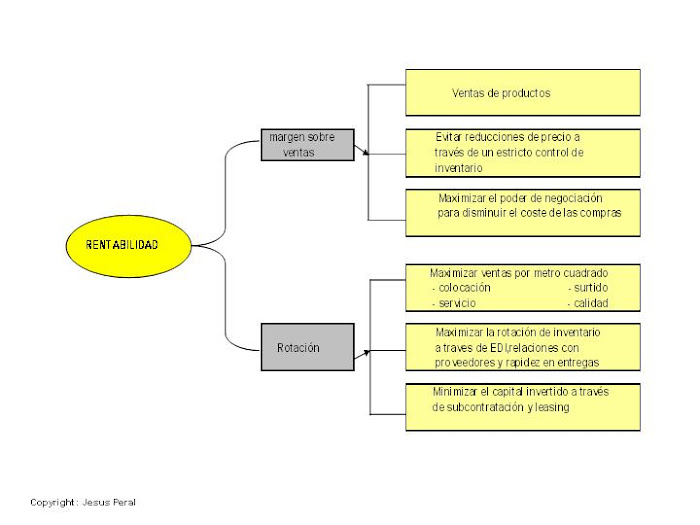





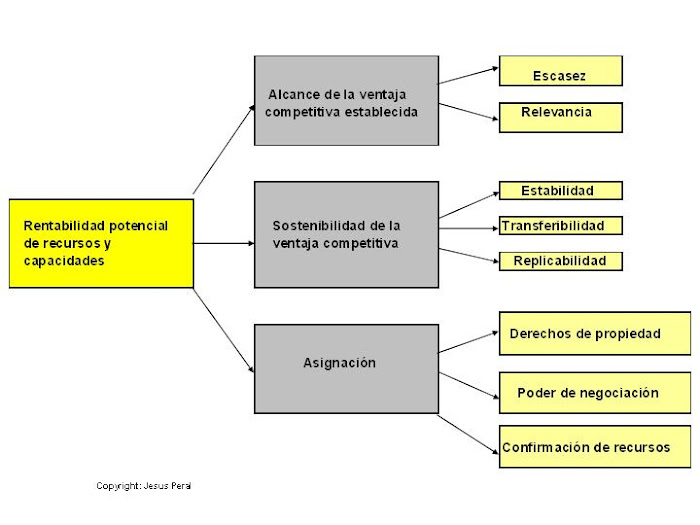

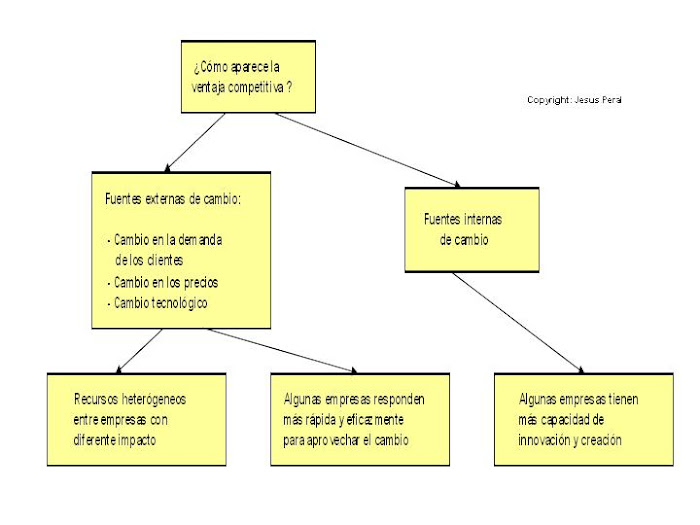

































No hay comentarios:
Publicar un comentario